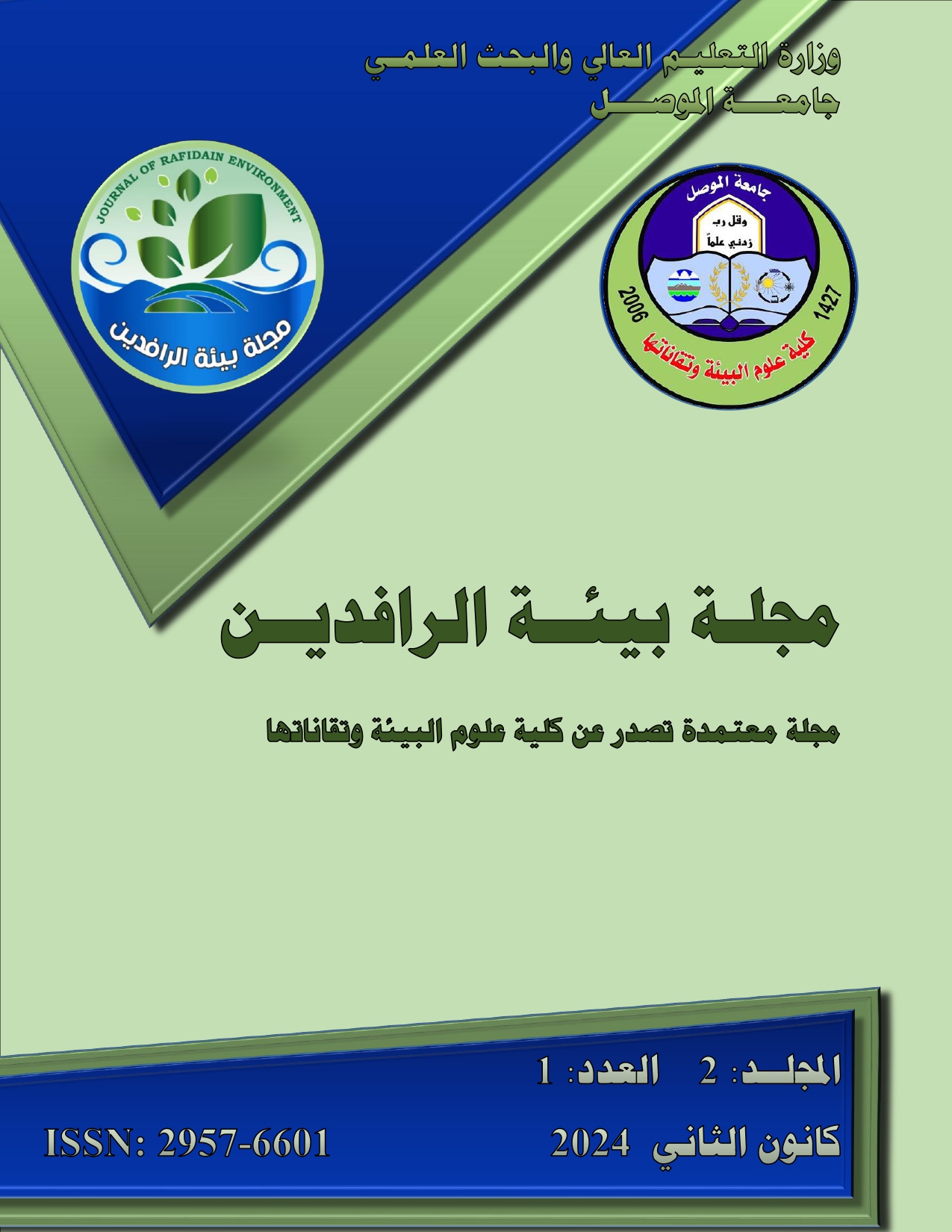Monitoring The Gases Emitted from Electric Generators in Mosul City

Published
Oct 6, 2025Pages
1-13Abstract
In the last period, the Iraqi environment witnessed many events and problems caused by the wars and the destruction of the infrastructure and research systems, including the electricity system, the spread of these generators caused major problems, especially in the environmental aspect, with regard to the issue of pollution. In this study, the city of Mosul was chosen for the purpose of measurement gas (H2S), gas (SO2) and gas (NO2) resulting from the exhaust of the generator, as (18) generators were selected in each side of the city with an average of (36) generators. The process of measuring the gases coming out of the generator exhausts was done with the height of the exhaust, and this method is the best way to measure the gases, but taking into account the different dimensions, which are (2, 5, and 8) meters. The research concluded that there are clear differences between the concentrations of gases from one generator to another, and the reason for this is due to the difference in the generating capacity of the generators in addition to the age of the generator, and the results of the study showed that most of the results for gases (sulfur dioxide, nitrogen dioxide and hydrogen sulfide) were higher than the permissible global and Iraqi limits for gaseous pollutants.
References
- Jaber, Azhar 2011. “Air and water pollution: its types, sources and effects” Babylon University Journal - Human Sciences, Volume 19, Issue 1, 2, pp. 226-242.
- Central Bureau of Statistics, 2018. “Statistical Summary of Iraq’s Governorates for the Year 2018” Retrieved from http://cosit.gov.iq.
- Al-Rawi, Areej Khairi and Hazem, Rana 2013. “A Study of the Environmental Impacts of Electrical Generators in the City of Baghdad - Karrada District - Locality 903,” Journal of the College of Education, Wasit, Issue 14.
- Al-Qazwini, Saif Salah and Idris, Anis Kazem and Mahdi, Rasha Salah 2013. “Environmental pollution study of the impact of electrical generators on the surrounding environment (case study, home generators).” Babylon University Journal of Engineering Sciences, Volume 21, Issue 5.
- Health and Environment Committee 2015. Resolution No. 41, headquarters in the Iraqi Council of Representatives, Iraqi Gazette, Issue No. 4390.
- Generators Committee 2022. “Personal interview on 12/21/2022.”
- Maslah, Ahmed Hamed Jassim 2021. “The effect of pollutants resulting from local electric generators on air quality in different areas of the city of Mosul,” Master’s thesis, Department of Environmental Sciences, College of Environmental Sciences and Technologies, University of Mosul.
- Air quality specifications for the proposed national borders (Ministry of Environment. 2012).
- The locations of the generators measured on the left and right sides and their capacities are sourced from the researcher 2023.
- Hadi, Sfax Qassem 2022. Environmental impacts of private generators in the city of Baghdad. University of Baghdad, College of Arts, Department of Geography and Geographic Information Systems, Journal of Arts, Volume 1, Issue 141.
- The General Authority for Meteorology and Seismic Monitoring for Nineveh Governorate, 2023.
- EPA, ̎ Sulfur Dioxide pollution, ̎ Retrieved from http://www.EPA.gov.
- EPA, 2015 ̎ criteria-air-pollutants/naaqs-table ̎, Retrieved from https://www.epa.gov
Identifiers
Download this PDF file
Statistics
Copyright and Licensing

This work is licensed under a Creative Commons Attribution-NonCommercial 4.0 International License.